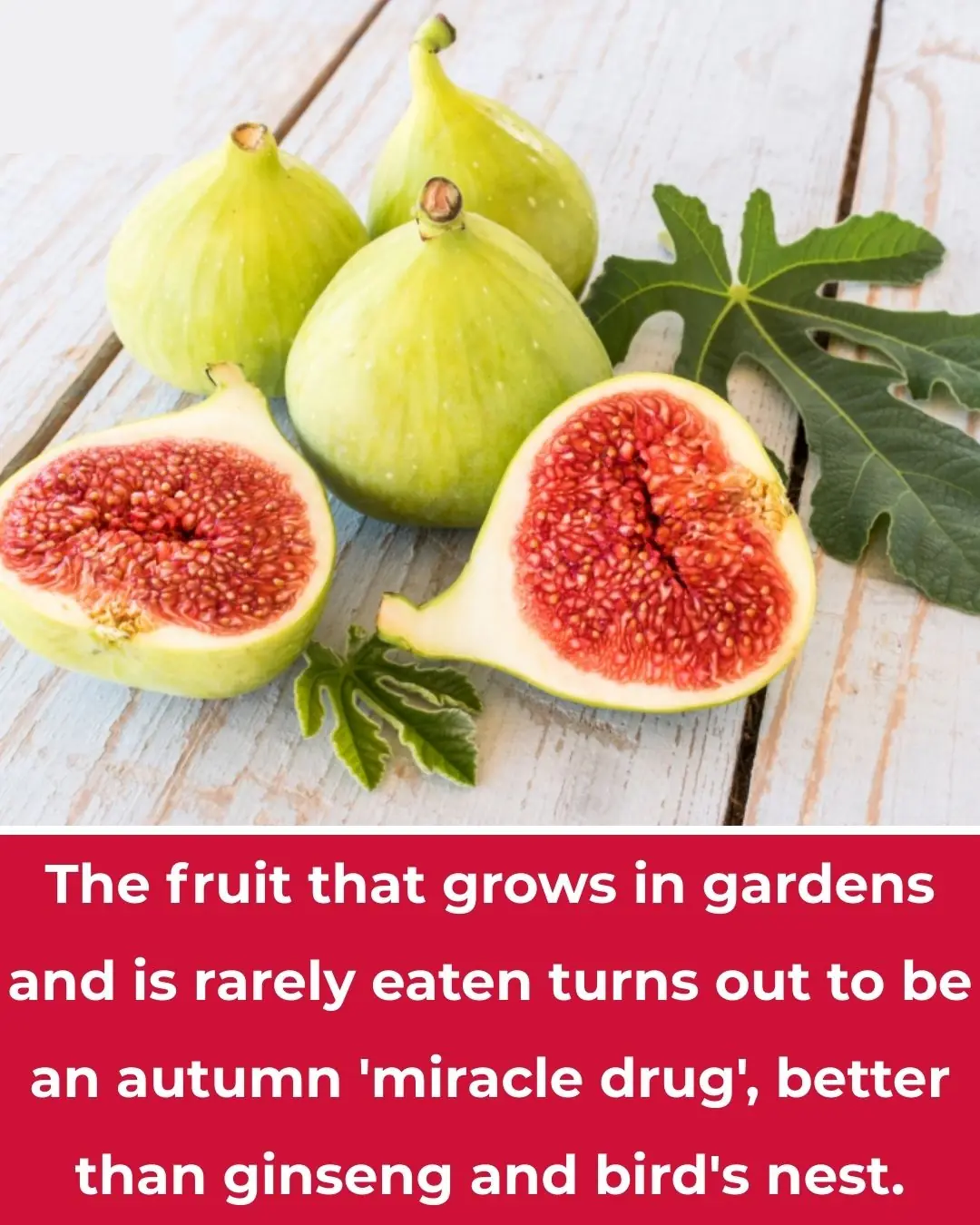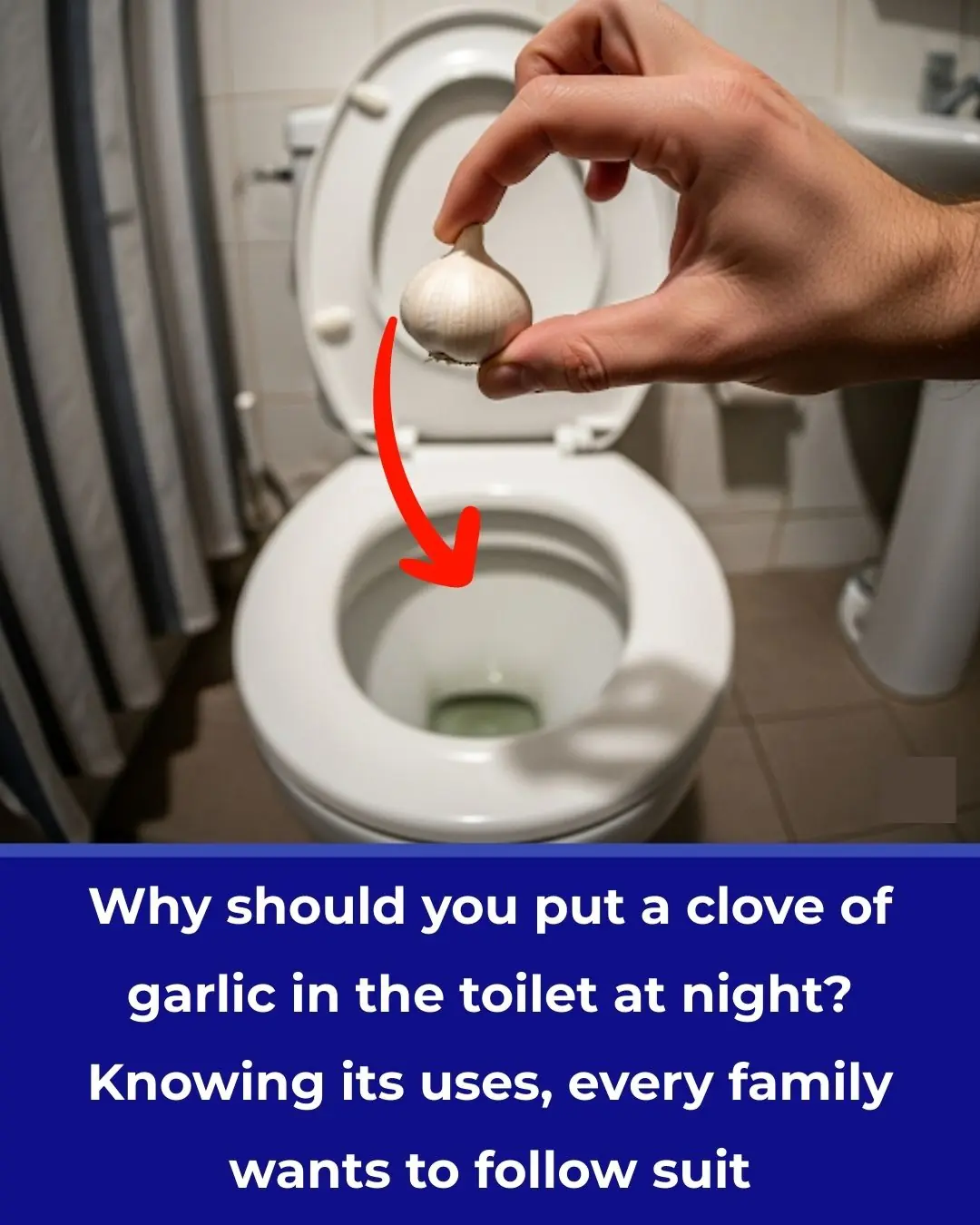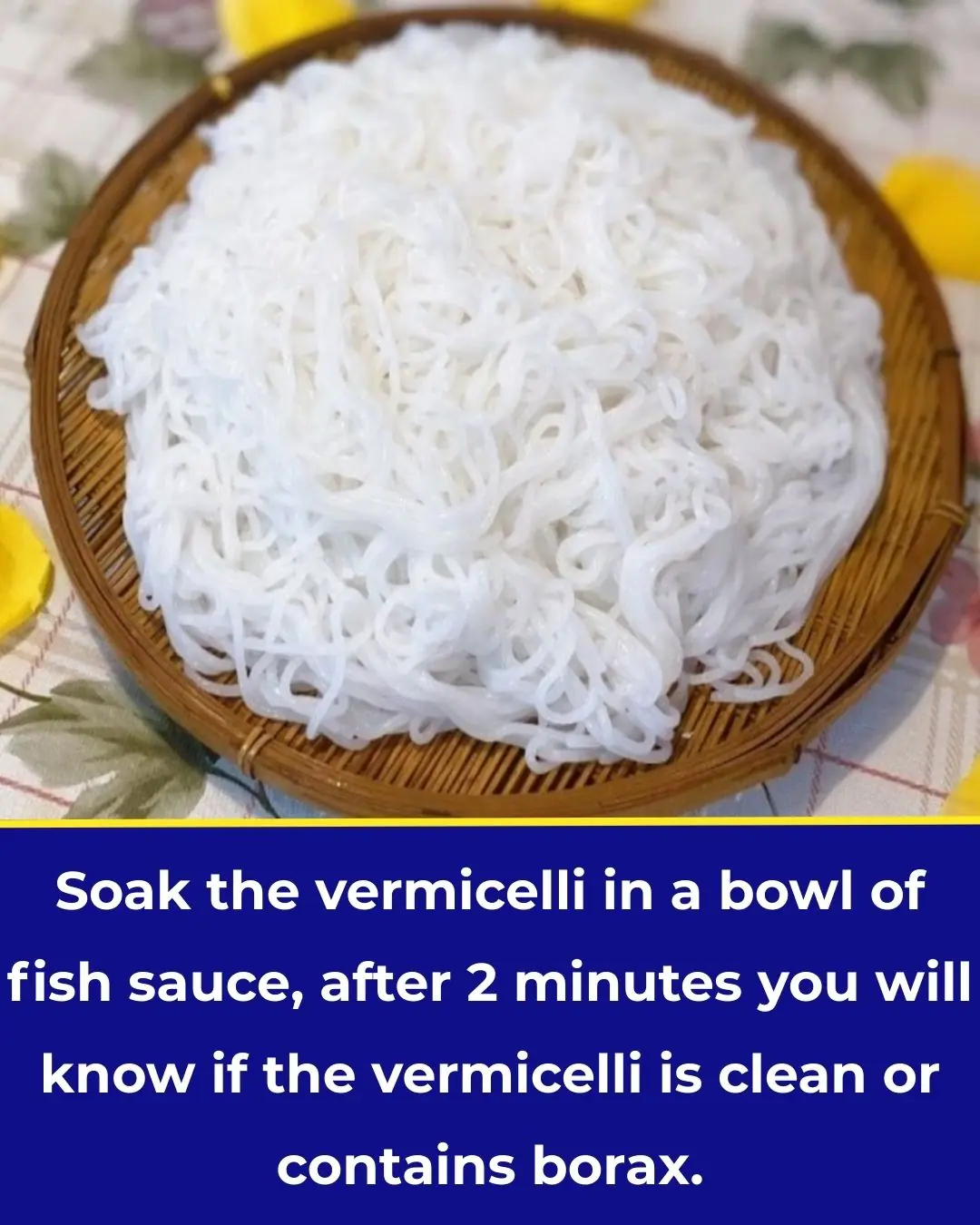
Should You Remove the Black Vein on the Back of Shrimp? Many People Are Still Doing It Wrong
Shrimp is one of the most popular types of seafood worldwide. From grilled skewers to pasta dishes and stir-fries, shrimp adds flavor, texture, and nutrition to countless recipes. Yet, whenever people prepare shrimp, a common question arises: should the black vein on the back of shrimp be removed?
Many home cooks believe that removing it is always necessary, while others skip the step entirely. Surprisingly, both approaches have their reasons—and many people are still handling it the wrong way. Let’s break down the facts and clear up the confusion.
What Exactly Is the “Black Vein”?
The so-called “black vein” is not actually a vein at all. It is the shrimp’s digestive tract, also known as the intestinal tract. Depending on what the shrimp has eaten, this tract may look dark, sandy, or even greenish.
-
Appearance: It runs along the back of the shrimp, just beneath the surface of the shell.
-
Texture: Sometimes barely noticeable, but in larger shrimp it can feel gritty.
-
Taste impact: While the vein is not harmful, it may carry a slightly bitter or muddy flavor if left in place.
Is It Safe to Eat Shrimp Without Removing It?
Yes, it is safe. The black line does not contain toxins or harmful substances. Cooking shrimp thoroughly kills any bacteria present in the digestive tract. For this reason, leaving the vein in place will not make the shrimp unsafe to eat.
However, safety is not the only factor to consider. Texture, taste, and appearance also matter when preparing shrimp for meals.
Why Many People Choose to Remove It
1. Better Presentation
For elegant dishes, especially in restaurants, presentation matters. A clean, vein-free shrimp looks more appetizing on the plate.
2. Improved Flavor
Some people find that the digestive tract leaves behind a slightly gritty or bitter aftertaste. Removing it ensures a cleaner flavor, especially for delicate dishes such as shrimp cocktails or sushi-style preparations.
3. Larger Shrimp Make It More Noticeable
In jumbo shrimp, prawns, or tiger shrimp, the vein is bigger and darker, making it more obvious. For these varieties, deveining is often recommended.
Why Some People Leave It In
1. Time-Saving
Peeling and deveining shrimp can be time-consuming. For small shrimp, the vein is barely visible and does not noticeably affect taste, so many home cooks skip this step.
2. Nutritional Perspective
The vein contains partially digested material from the shrimp’s diet, which is not harmful. Some even argue that leaving it in provides extra nutrients, though the amount is minimal.
3. Traditional Cooking Methods
In many cultures, shrimp is cooked whole, with shell, head, and vein intact. The flavor is considered more natural and richer this way.
The Right Way to Remove the Vein
If you decide to devein shrimp, here’s how to do it correctly:
-
Peel the Shell (Optional)
Some people prefer to peel the shrimp first, while others keep the shell on for flavor. Either way works. -
Make a Shallow Cut
Use a small sharp knife to cut a shallow line along the shrimp’s back. -
Lift Out the Vein
Use the knife’s tip, a toothpick, or the tip of a skewer to lift the black line out gently. -
Rinse Under Cold Water
Once the vein is removed, rinse the shrimp briefly to remove any residue.
This method is quick once you get used to it, and it makes shrimp look and taste cleaner.
When It’s Okay to Skip Deveining
-
Small Shrimp: For shrimp that are very small, such as those used in fried rice or soups, the vein is hardly noticeable. Removing it may not be worth the effort.
-
Rustic or Quick Recipes: For stir-fries, curries, or stews where the shrimp flavor blends with many strong seasonings, the difference is minimal.
-
Personal Preference: At the end of the day, deveining is optional. If you don’t mind the appearance or texture, leaving it in is perfectly fine.
Common Mistakes People Make
-
Confusing the Vein with Real Blood Vessels
Some believe the line is a vein carrying blood. In reality, shrimp have clear fluid, not red blood, and the line is only the digestive tract. -
Overcutting the Back
Making too deep a cut can ruin the shrimp’s shape. A shallow slice is enough. -
Not Rinsing After Removal
Even after pulling out the vein, small bits may remain. A quick rinse ensures the shrimp is clean. -
Thinking It’s Unsafe
Many people remove the vein because they think it is harmful. The truth is, it’s harmless—it’s purely about taste and presentation.
Final Thoughts
So, do you need to remove the black vein from shrimp? The answer depends on your priorities. If you care about presentation, flavor, or are cooking large shrimp, removing it makes sense. If you are short on time, using small shrimp, or don’t mind a more rustic approach, it’s perfectly fine to leave it in.
The most important thing is cooking shrimp properly to enjoy its sweet, delicate flavor. Whether deveined or not, shrimp can still be delicious, healthy, and versatile.
At the end of the day, the choice comes down to preference. Many people have been doing it wrong—not because they left the vein in, but because they thought they had no choice. Now that you know the facts, you can decide what works best for your kitchen.
News in the same category


Smart Tips for Boiling Eggs: Prevent Cracks, Easy to Peel, and How to Time Them Perfectly

A Fruit Growing Abundantly in Gardens That Few People Eat Turns Out to Be an Autumn ‘Miracle’ Better Than Ginseng and Bird’s Nest

Why Should You Drop a Clove of Garlic into the Toilet Bowl at Night? Knowing Its Benefits, Every Household Wants to Try It

Revealed: How to Make Ceramic Tiles Sparkle at Home – Without Spending a Dime

Soak the vermicelli in a bowl of fish sauce, after 2 minutes you will know if the vermicelli is clean or contains borax.

The refrigerator seal has black mold, use this to wipe it, and it will be completely clean in just 5 minutes.

What Is the Small Cap Inside Cooking Oil Bottles For? Simple But Extremely Useful

A Trick to Repel Rats Using Common Household Ingredients, Keeping Your Home Clean, Fresh, and Rat-Free

Place a Face Mask in the Refrigerator: A Small Trick with Unexpected Results

Put Ice Cubes in Your Clothes Dryer, and You’ll Be Surprised by the Results

Why You Should Put Coins in the Refrigerator?

Tips for Choosing Good Avocados: Don't Be Tempted by Large Ones, They Are 'A Waste of Money'.

Weak Toilet Flush with No Suction Power? A Simple DIY Hack from the Pros

Don’t Throw Away Rotten Tomatoes – The More Rotten, the More “Valuable”! Few People Know This, So Share It with Your Family

Treat Premature Gray Hair with a Natural Dye Using Tamarind and Potato – Cheap and Effective!

Here are 3 coffee drinking habits of many young people that can accelerate aging and cause various health problems

It's not a snake, this is the "a:ss@ssin" that can crawl out of your air conditioner at home.
Why Should We Not Open the Bedroom Door at Night?

8 Body Language Tips to Help You Appear More Confident
News Post

🌿 Can Papaya Leaves Turn Gray Hair Black Naturally? Unlock Nature’s Secret to Vibrant Hair

Japanese airport has never lost luggage in over 30 years – This is why

The Ultimate DIY Clove Skincare Routine

A Company in Kenya Builds Houses From Recycled Shipping Containers – Solar-Powered and Ready in Days

5 Types of Drinks You Shouldn’t Store in a Thermos

Smart Tips for Boiling Eggs: Prevent Cracks, Easy to Peel, and How to Time Them Perfectly

🥕 3-Day Carrot-Based Detox: Cleanse Your Liver and Intestines Naturally

Coconut Oil for Hair Growth – Add this in your Hair Oil

What Terrible Things Happen When Women Lack Intimacy? A Painful Yet True Reality

Why You Should Never Place Your Bed Like This

Sink Trick You Should Always Do Before Vacation

10+ Foods That Naturally Lower Blood Sugar Levels

Elon Musk Issues Serious Warning on Japan’s Population Decline

A Fruit Growing Abundantly in Gardens That Few People Eat Turns Out to Be an Autumn ‘Miracle’ Better Than Ginseng and Bird’s Nest

Why Should You Drop a Clove of Garlic into the Toilet Bowl at Night? Knowing Its Benefits, Every Household Wants to Try It

Revealed: How to Make Ceramic Tiles Sparkle at Home – Without Spending a Dime

If your private parts smell fishy, it’s something you should be aware of

Soak the vermicelli in a bowl of fish sauce, after 2 minutes you will know if the vermicelli is clean or contains borax.

The refrigerator seal has black mold, use this to wipe it, and it will be completely clean in just 5 minutes.
